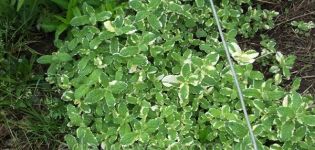Planting and caring for digitalis in the open field, its types and medicinal properties
Gardeners often plant not only vegetables and fruits, trees and shrubs on their backyards, but also ornamental plants. Planting and caring for a crop such as foxglove in the open field does not cause much trouble, so the flower is popular. An unpretentious ornamental plant belongs to the Plantain family and is used both to decorate the site and in the treatment of various diseases.
Description and features
Scientifically, foxglove is called digitalis, the word is translated from Latin as a thimble. The area of distribution of culture - from the Mediterranean to North Africa. Forest clearings and any open areas are the places where this unpretentious but attractive plant is most often found. The foxglove is grown as a biennial or perennial plant. The height of unbranched rigid shoots of digitalis varies from 30 to 150 cm. The leaf plates have a greenish tint, they are entire-edged, characterized by an oblong lanceolate shape.
The inflorescences of the foxglove are racemose, large buds are formed on them, characterized by a yellow, light reddish or purple tint. The flowering time of digitalis depends on the climatic conditions of the growing area - on average, it lasts from mid-July to early September. In place of flowers, boxes appear containing brown seeds.
It is important to remember that all types of foxglove are extremely poisonous, therefore they are not suitable for planting in flower beds of kindergartens and schools and in summer cottages where kids often play.
Growing seedlings
First of all, experienced summer residents recommend growing seedlings at home. The process is not complicated, but it helps to get beautifully blooming and healthy crops faster.
Timing
Seed material from the plant is harvested in the fall, and the seeds in the lower capsules have the highest germination capacity. They are carefully removed and laid out on a piece of paper to dry out. After that, they are stored in paper bags or linen bags in a dry and cool place. In the spring, in the first decade of March, they start sowing material for seedlings.
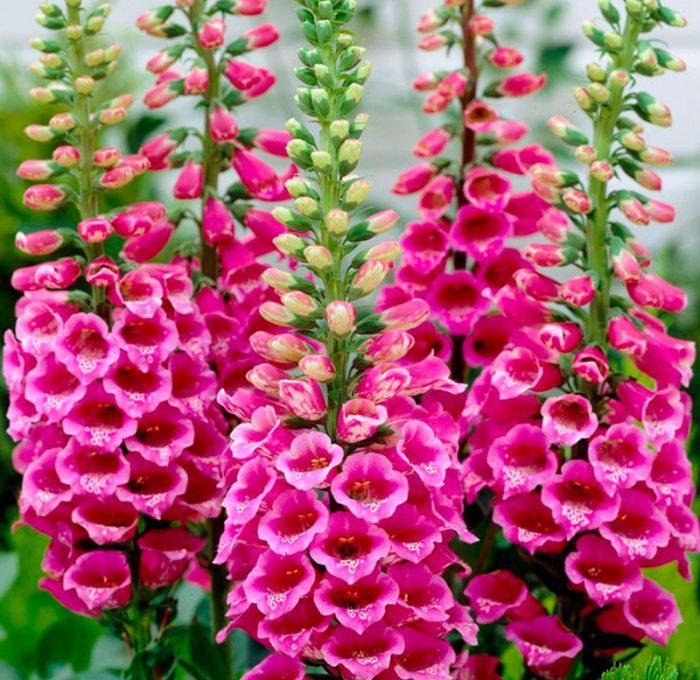
Seed preparation
In order for the seeds to sprout together and to form a strong and healthy seedling, it is recommended to properly prepare them. To do this, take water at room temperature and pour it into a glass container. Seeds are dipped into it and kept for a week, changing the water to fresh every 6 hours. For the last time, you can add one of the growth stimulants, diluted according to the instructions for use.
How to plant
Sowing of the material is carried out according to the following algorithm:
- For planting seeds, foxgloves purchase soil in a gardening store or do it yourself.
- The seeds are dried a little on paper and laid out on the surface of the soil, without deepening.
- From above, the material is sprinkled with a layer of river sand, previously steamed in the oven.
- Cover the container with seeds with plastic wrap and put it in a warm place with diffused lighting.
- After about 2 weeks, the first shoots appear.

Temperature and light conditions
After the first sprouts appear above the surface, they provide the plant with competent care. Seedling of this culture develops rather slowly, but this is a natural process. Keep the seedlings under the diffused rays of the sun, periodically removing the film for airing. The temperature should not fall below 18 degrees and rise above 28, otherwise the young shoots will die.
Picking
In order for young plants to have enough nutrients and space for the development of roots, a pick is carried out. The procedure is performed when a pair of true leaves is formed on the foxglove. Algorithm of actions:
- Disposable cups are prepared with the same soil composition.
- The total container is slightly moistened to make it easier to get the seedlings.
- Carefully separate the seedlings with a teaspoon and transfer them to individual pots.
- At first, they are protected from drafts and direct sunlight.

Watering
Irrigation is carried out, focusing on the condition of the soil - it should not be dry, but it is also impossible to fill the foxglove, this will destroy young seedlings.
Loosening
Loosening of the soil is carried out when the need arises, they act carefully so as not to harm immature plants.
Hardening
Before transferring digitalis seedlings to the street, a hardening procedure is carried out. First, containers with seedlings are taken out to the balcony or in the garden for a few minutes, each time increasing the duration of stay in the fresh air by 20-30 minutes. Two weeks later, they start planting in open ground.
Landing in open ground
When transferring plants to flower beds, certain rules are observed so that the foxglove quickly takes root and pleases with abundant flowering.

When to plant
Planting timing depends on the weather conditions of the growing region. Most often, these are the last days of May or the first decade of June, when the earth warms up enough, and return frosts are already unlikely.
Site selection
The area where the foxglove will be grown should be open to sunlight for most of the day. However, partial shade is also suitable for plant placement.
They do not choose a place under the trees for the foxglove - the high humidity, lingering in the near-trunk circle, harms the flower, and the autumn leaf fall spoils the decorative effect of the culture.
Soil preparation
Before planting, the soil is dug up at the selected place, the roots of weeds are removed. If the soil is poor, additional nutrients are added - rotted manure or complete mineral fertilizer.
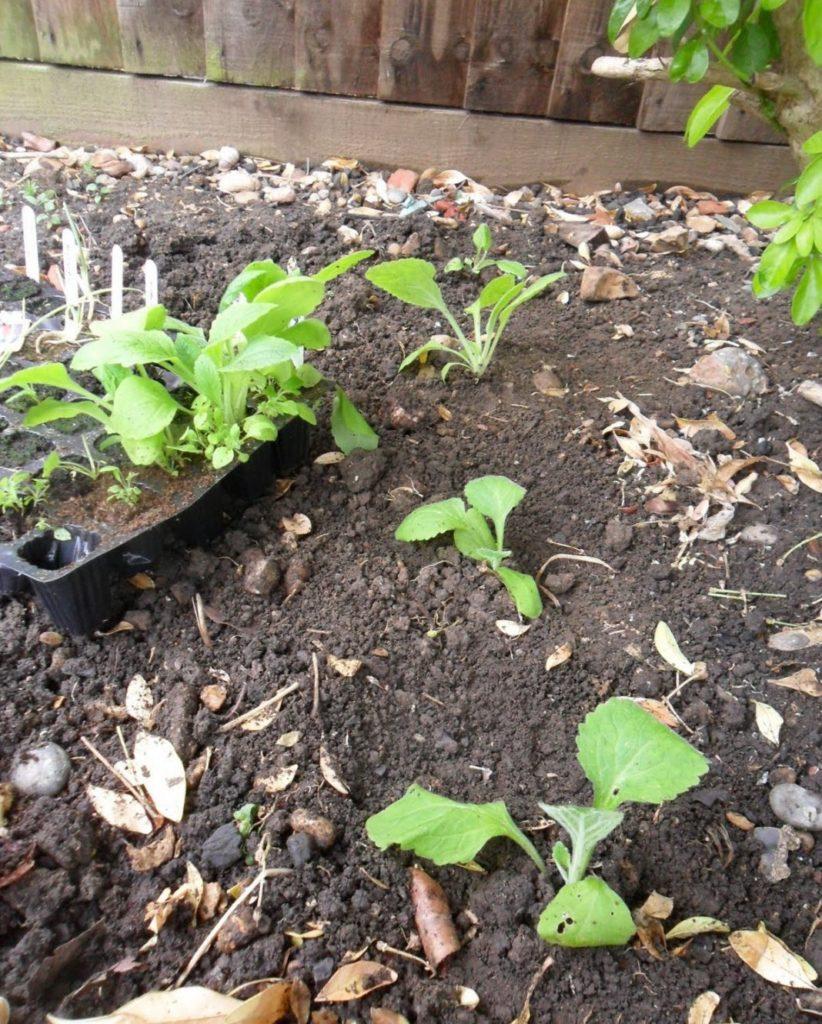
Landing scheme
When planting foxgloves, follow these instructions:
- Dig holes with dimensions slightly exceeding the volume of the plant's root system, at a distance of 30 cm from each other.
- Carefully transfer the seedlings with the root ball into the pits using the transshipment method.
- The soil is tamped and the seedlings are watered.
It must be remembered that in the first growing season the foxglove forms only a leaf rosette, flowering occurs in the second year after planting.
Care
After moving the seedlings to a permanent place in the garden, they provide it with competent agrotechnical care and take preventive measures to prevent the appearance of diseases and insect pests.
Watering
Foxglove does not need high humidity and normally tolerates a short drought. If it rains regularly throughout the summer season, then you can do without watering at all. Irrigation is done only if there is not enough natural precipitation.
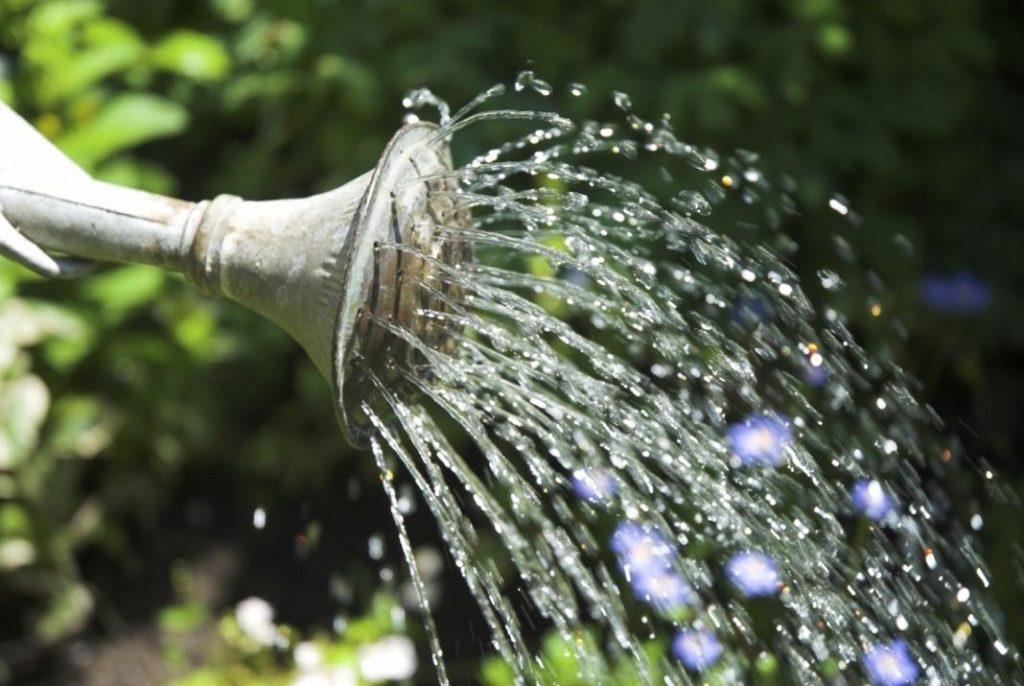
Weeding and loosening
After each watering or rain, they are engaged in loosening the soil, combining this procedure with weeding weeds. Since the digitalis root system has a horizontal arrangement, they loosen the soil to a shallow depth, and do it very carefully.
Top dressing
Like all ornamental crops, digitalis needs nutritional components. During the growing season, they do this no more than 2 times. Fertilizer is applied in liquid form by dissolving the mineral composition in water.
Protection against diseases and pests
The most common diseases that affect digitalis in the absence of prevention and non-compliance with the rules of care are viral mosaic and powdery mildew. In order not to put other plants at risk of infection, the affected crops are dug up and destroyed outside the garden area.

Of the insects on digitalis, aphids most often settle. This insect carries viral diseases, therefore, if it is found on plants, spraying with chemicals immediately begins. Spark or Biotlin will do.
Pruning
The sanitary procedure is carried out throughout the season, removing broken or diseased branches of digitalis. Also, faded buds are removed in time.
Transfer
This process is not particularly difficult, since the digitalis root system is not deep. A hole is prepared with a size slightly larger than the previous ones and the plant is carefully transferred into it. After the transplant, watering is carried out.
After flowering
When digitalis finishes the flowering process, they prepare it for winter. More soil is poured over the roots of the plants so that frost does not damage them. Despite the fact that the perennial variety of foxglove is characterized by increased frost resistance, in the absence of a snow cover, the plant can freeze out. The wilted flower stalks of the digitalis are cut off, and the outlet is covered with spruce branches or sawdust.
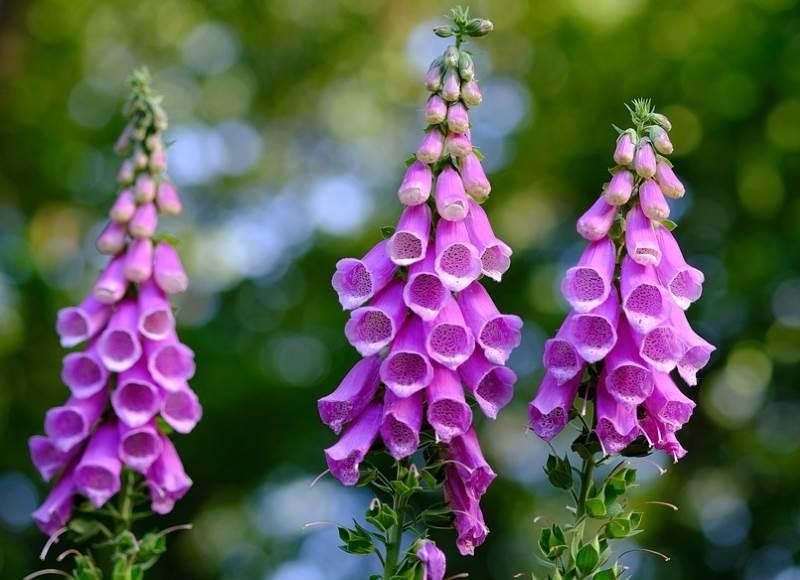
Reproduction
Digitalis multiplies simply, each gardener selects the best option for himself.
Seeds
Foxglove can be propagated not only by growing seedlings, but also by directly planting the material in open ground. They do this in early May. Digitalis seeds are soaked in water for a week in the same way, and then sown into the soil without deepening. Sprinkle on top with a thin layer of soil, and if it's still cool outside, cover the plantings with lutrasil. When sowing seeds, keep a distance of 20 cm.
If the gardener wants to get larger digitalis sockets, the plantings are further thinned out.
Shoots
Another quick and affordable way to breed digitalis in your backyard is to use plant shoots. The withered brushes are cut off, and after 20 days, small shoots appear at the base of the peduncles. After about 8 leaves are formed on them, they are carefully separated from the main plant and planted in a permanent place.
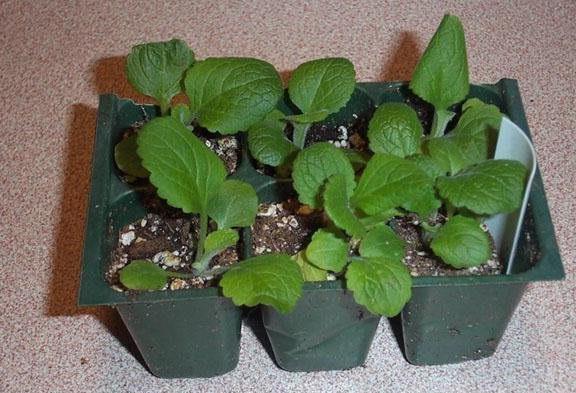
Kinds
About 50 species of foxglove are known, the following are popular with gardeners.
Purple
Brief characteristics of the variety:
- More often grown as a biennial, not a perennial plant.
- It reaches a height of 150 cm.
- The color of the flowers is pink, cream or purple.
- Some varieties have small spots on the surface of the petals, for which they are called Dalmatians.
- The inflorescence does not exceed 80 cm in length.
Large-flowered
Description of the large-flowered species:
- In height, digitalis of this species does not exceed 120 cm.
- The flowers are yellow.
- There are brown veins inside the corolla.
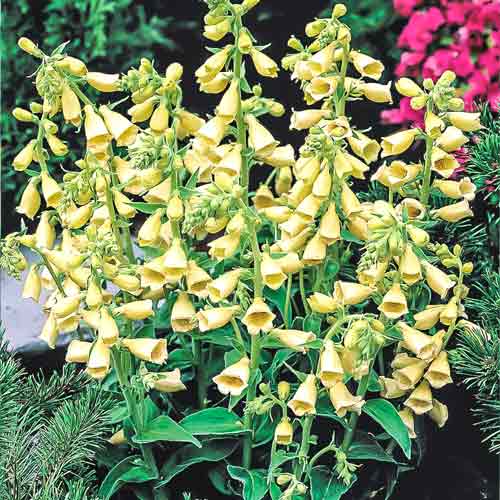
Rusty
Characteristics:
- The plant height ranges from 70 to 120 cm.
- It is considered one of the most beautiful and popular species among summer residents.
- The color of the digitalis flowers is varied: from pale yellow to golden brown.
Woolly
Short description:
- The shade of small flowers of digitalis is brownish yellow.
- This variety is medicinal, not decorative.
Yellow
You can recognize the culture by the following features:
- The height of this foxglove does not exceed 100 cm.
- The flowers are bright yellow.
- Their length is about 2.5 cm.
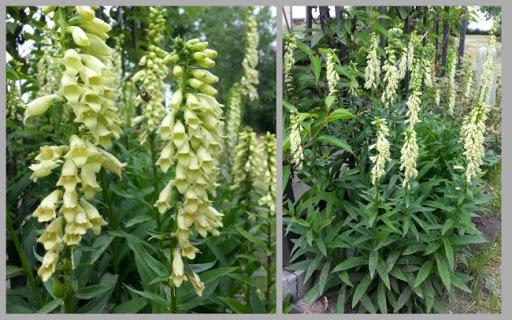
Dark (Unclear)
A detailed description looks like this:
- A rare perennial plant that only collectors can boast of.
- Tubular flowers with slight pubescence are colored creamy yellow or yellow-orange.
- Naturally, digitalis is found in the mountains of Spain and does not exceed 50 cm in height.
Tapsi
Variety characteristic:
- Also a kind of digitalis that came from Spain.
- The pinkish-crimson buds of digitalis are about 5 cm long.
- The diameter does not exceed 2.5 cm.
- Foxglove blooms during the first summer month.

Merton
Brief description of digitalis Merton:
- It is a hybrid of the purple and large-flowered varieties.
- The digitalis does not exceed 80 cm in height.
- The color of the flower petals resembles mashed strawberries.
Nevada
Characterized by:
- Large yellow-reddish buds.
- About 130 cm high.
Ciliated
Description:
- Belongs to the category of low-growing plants, not exceeding 60 centimeters in height.
- The flowers of the ciliate digitalis are yellowish-white in color.
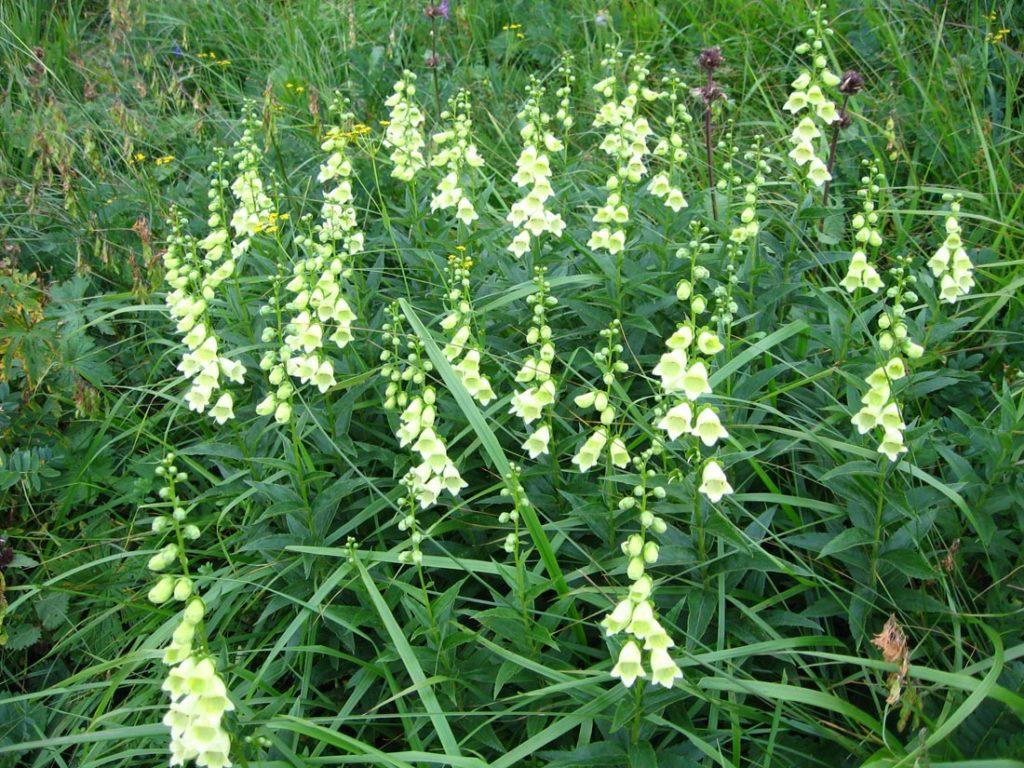
Medicinal properties and contraindications
In addition to decorative types of digitalis, there are also medicinal varieties of digitalis, which are successfully used in medical practice. They help with the following diseases:
- atrial fibrillation;
- poor blood supply to muscles and tissues;
- cardiosclerosis;
- myocardial dystrophy, hypertension and tachycardia attacks;
It must be remembered that the digitalis culture is extremely poisonous, and without prior consultation with the attending specialist, the plant can harm human health.
Foxglove has been used since the 18th century; the leaves of the plant are used for the manufacture of medicines. Contraindications of the plant include diagnoses such as myocardial infarction and pericarditis, and also do not use digitalis for angina pectoris and chronic lung diseases.
Use in landscape design
Tall varieties of foxglove are considered an excellent backdrop for linear flower beds and mixborders, and low ones are used to decorate and create paths and borders. The digitalis company selects such crops as rose hips and rhododendrons, geraniums and primroses, aquilegia and peonies.









